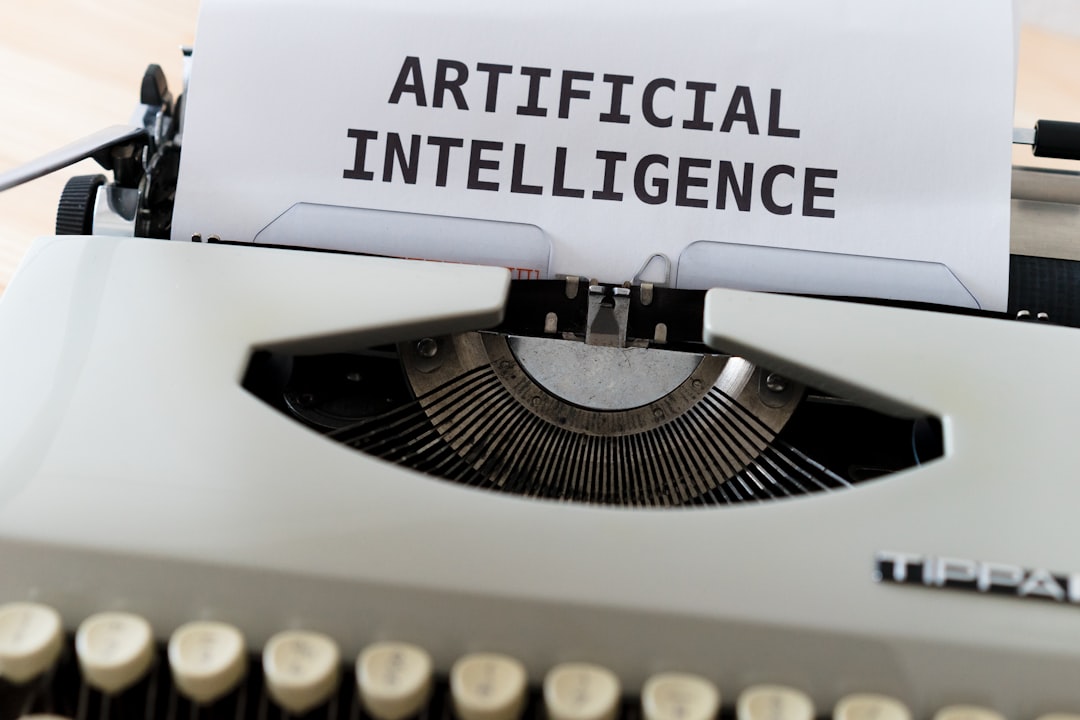What is it about?
This article discusses various applications of supervised and unsupervised machine learning techniques and natural language processing for the discovery of weak signals, emerging issues, and trends. It makes the case that research can become profoundly more efficient and reduce human bias when data analytic approaches are utilized. The article suggests using repositories, information sources, and techniques in pattern recognition less commonly used by Strategic Foresight professionals and discusses how the field can observe ethical implications involved in drawing insights from data while respecting privacy considerations.
Featured Image

Photo by NASA on Unsplash
Why is it important?
Data analytics has affected methodology in most knowledge-based disciplines. While research automation based on enterprise software is entering the field of Foresight, the core methodologies used in the discipline have remained surprisingly unaffected by digitalization and artificial intelligence. This paper discusses not only practical use cases of using algorithms to obtain insights, but also the importance of controlling the algorithms before they control us.
Perspectives
I hope this will encourage more professionals steeped in the field of foresight to consider the opportunities rendered by Big Data and analytics. We are just at the beginning of a data revolution that, if processed with positive futures in mind, has the potential to resolve some of our time's most vexing challenges.
Anne Boysen
University of Houston
Read the Original
This page is a summary of: Mine the Gap: Augmenting Foresight Methodologies with Data Analytics, World Futures Review, February 2020, SAGE Publications,
DOI: 10.1177/1946756720905639.
You can read the full text:
Contributors
The following have contributed to this page










